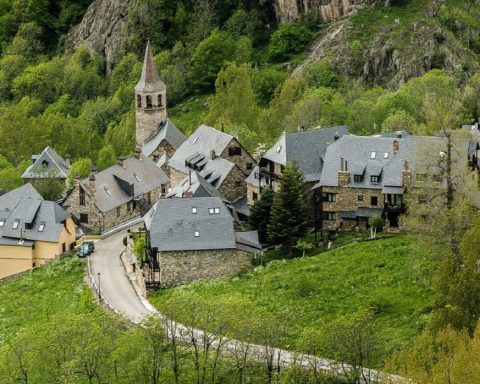The peri-urban or when the cities come to the countryside
Contrary to popular belief
READ ALSO IN UP' : How to revive our villages and town centres?
Anything to add? Say it as a comment.
READ ALSO IN UP' : How to revive our villages and town centres?
Anything to add? Say it as a comment.



Already registered? I'm connecting
Register and read three articles for free. Subscribe to our newsletter to keep up to date with the latest news.
→ Register for free to continue reading.

You have received 3 free articles to discover UP'.





